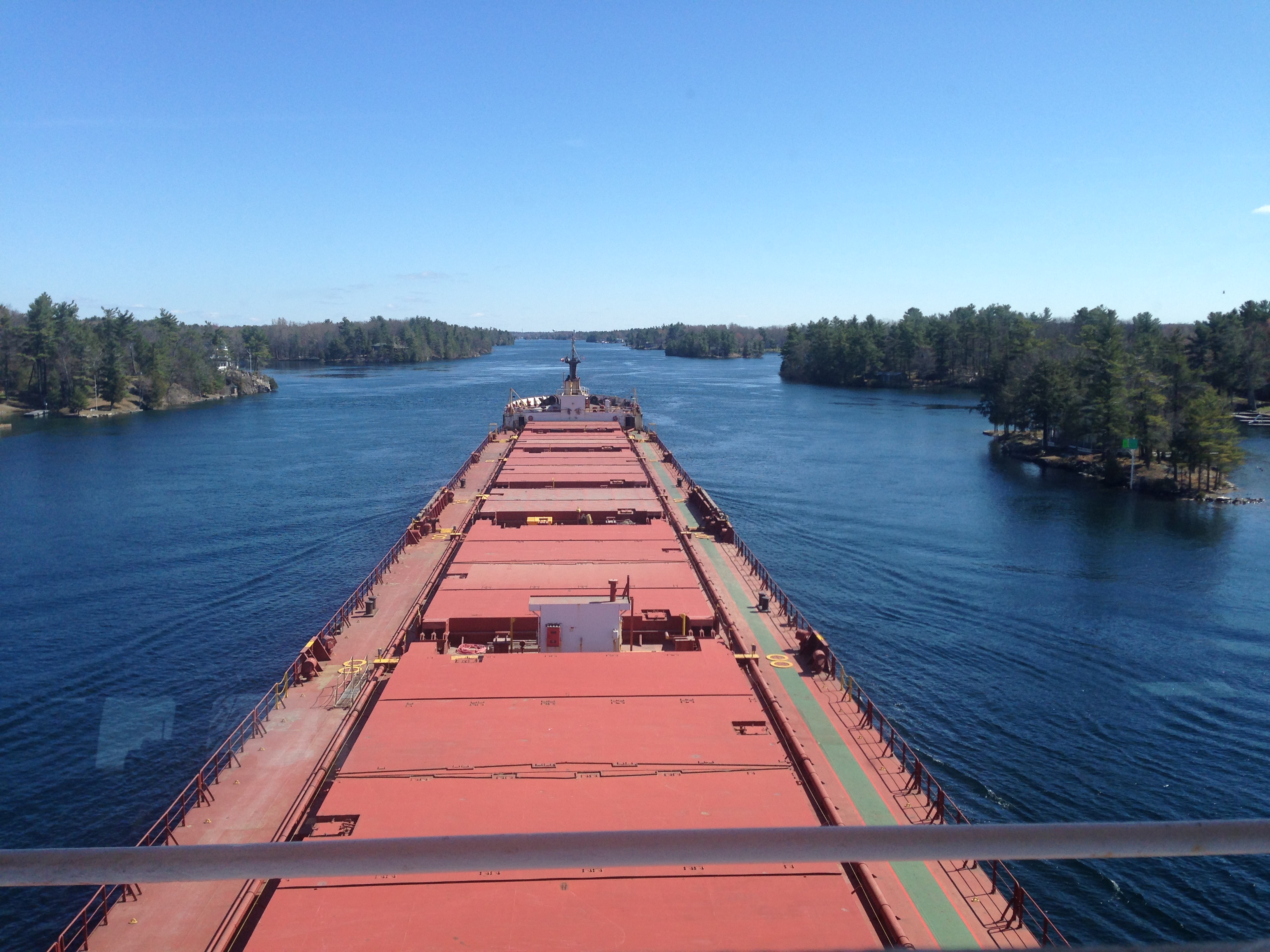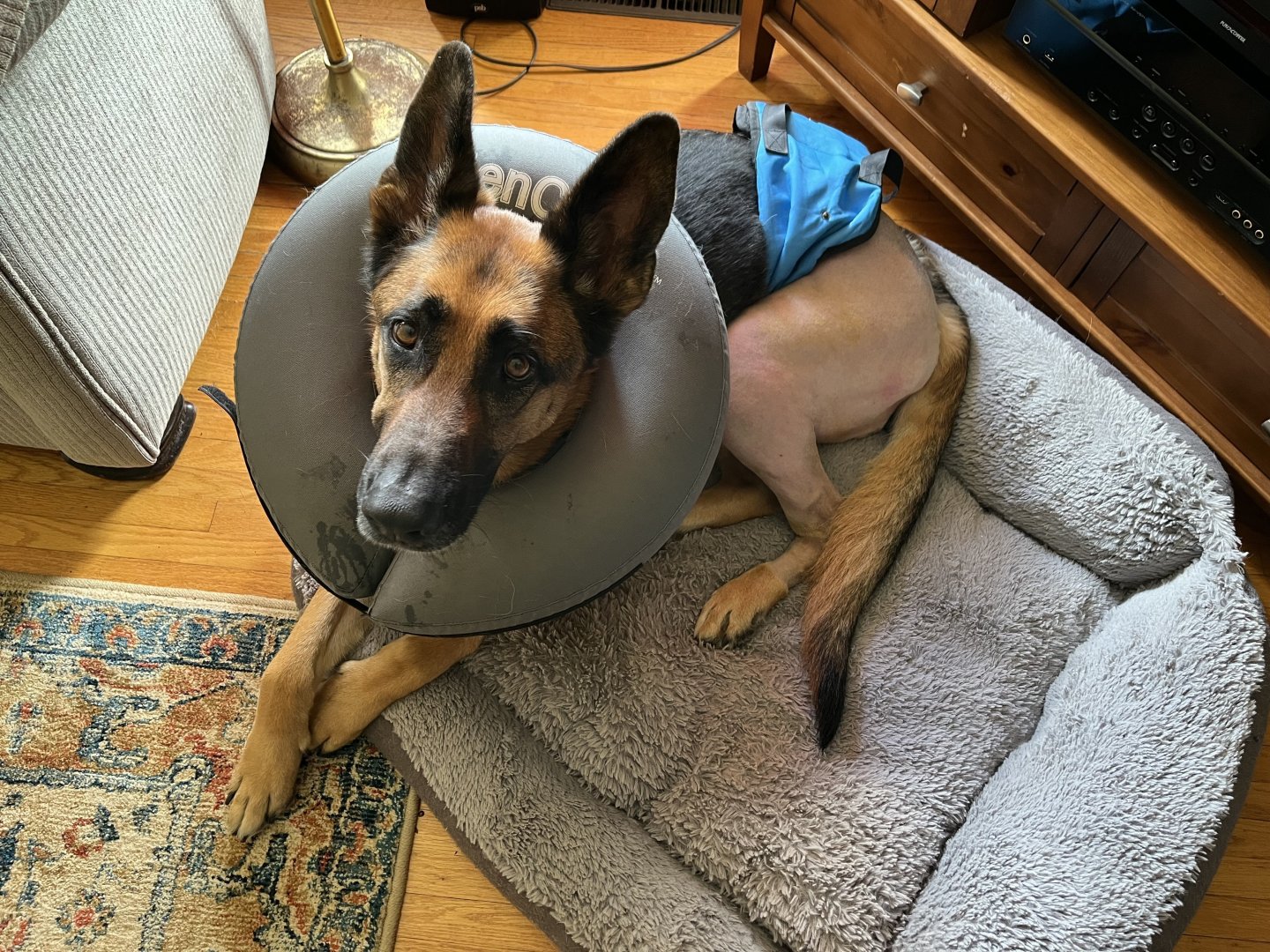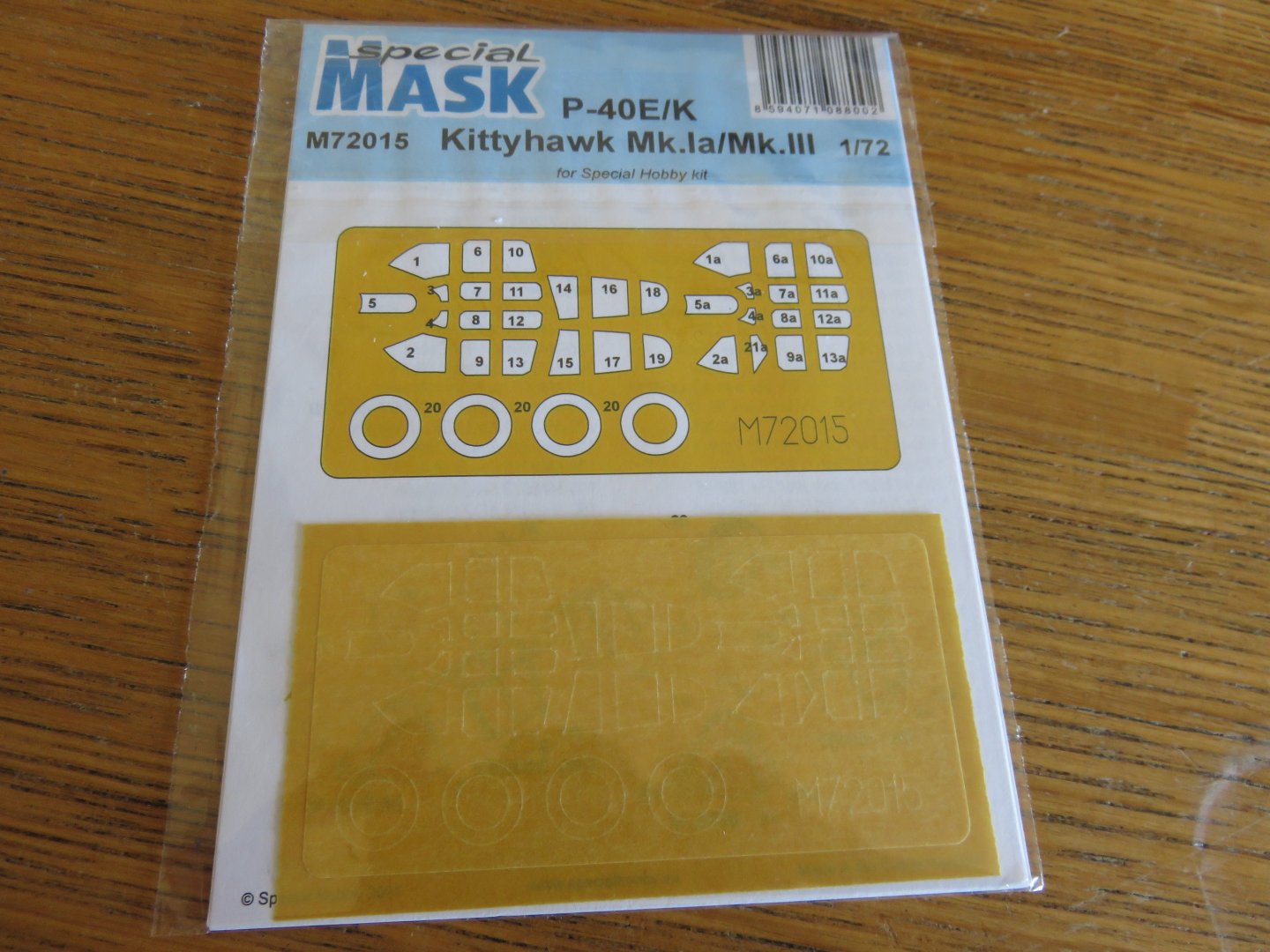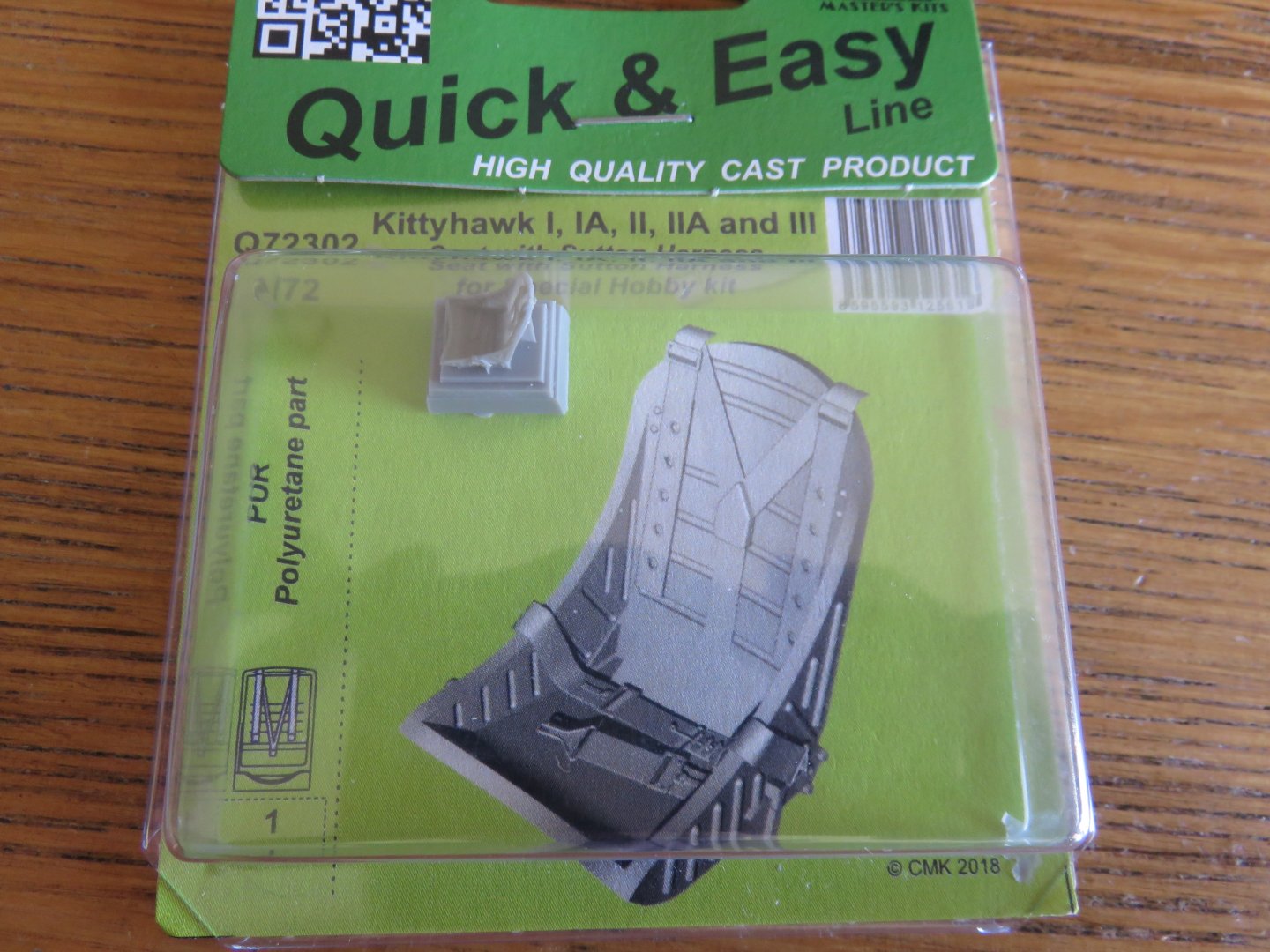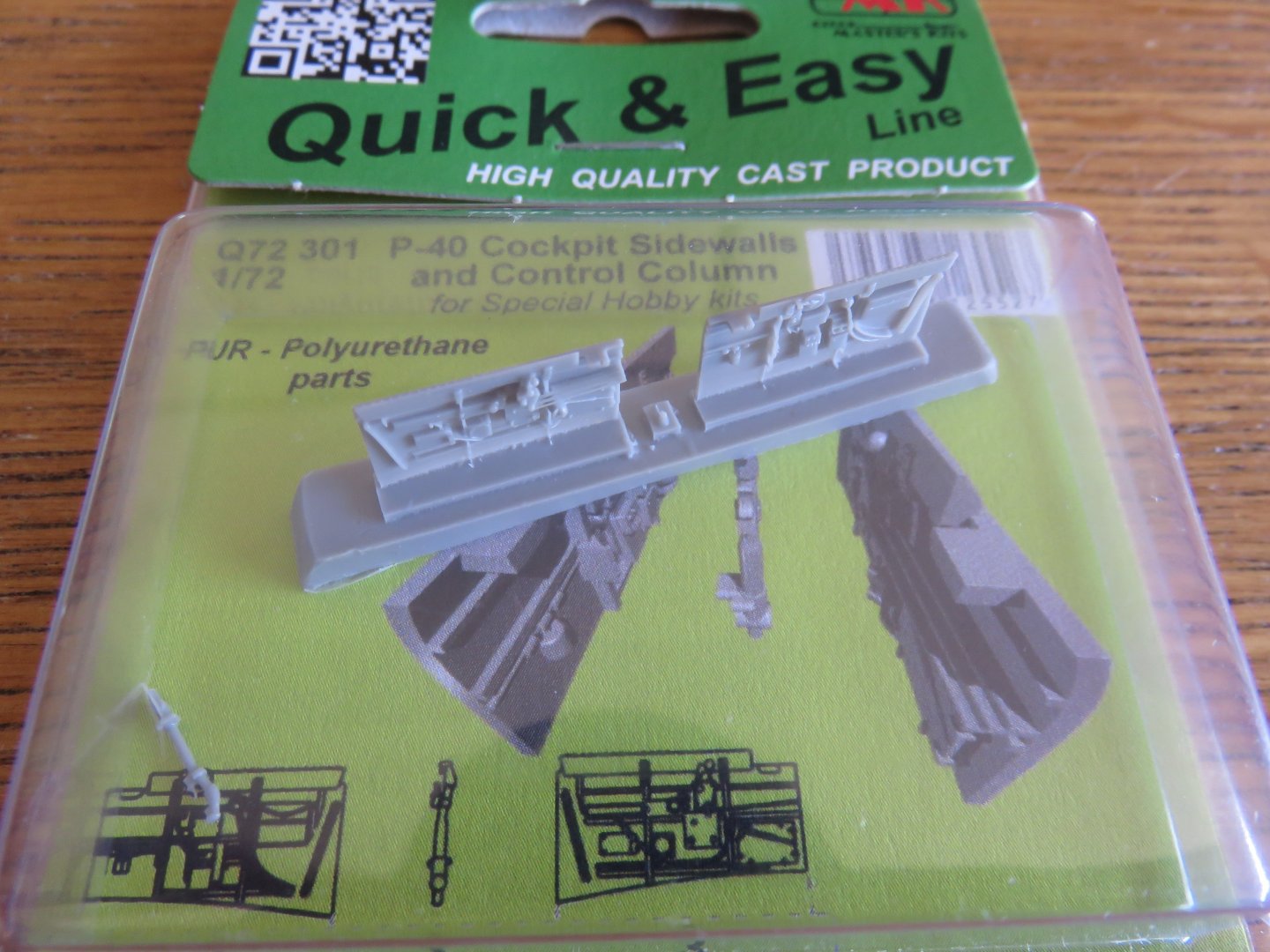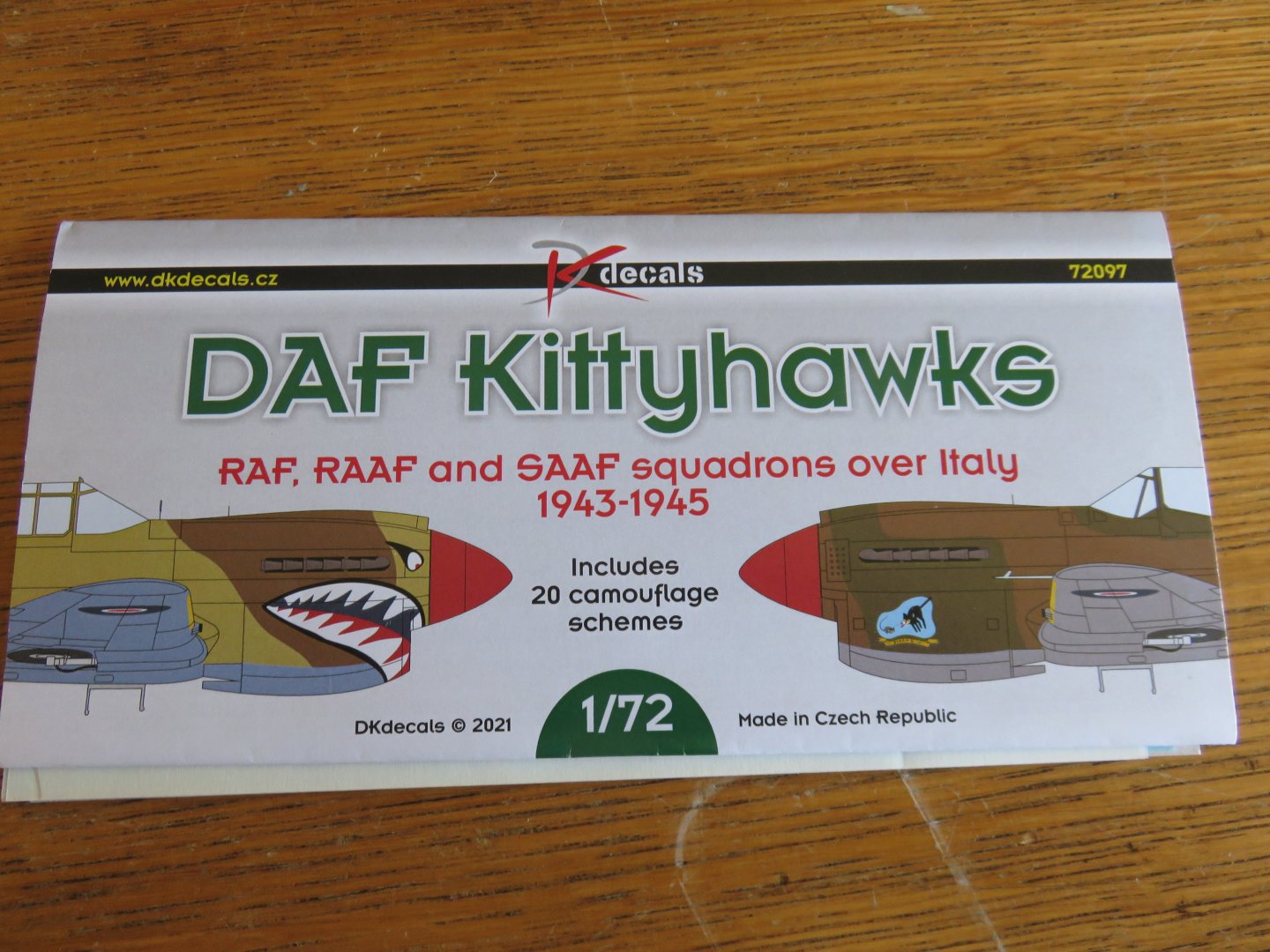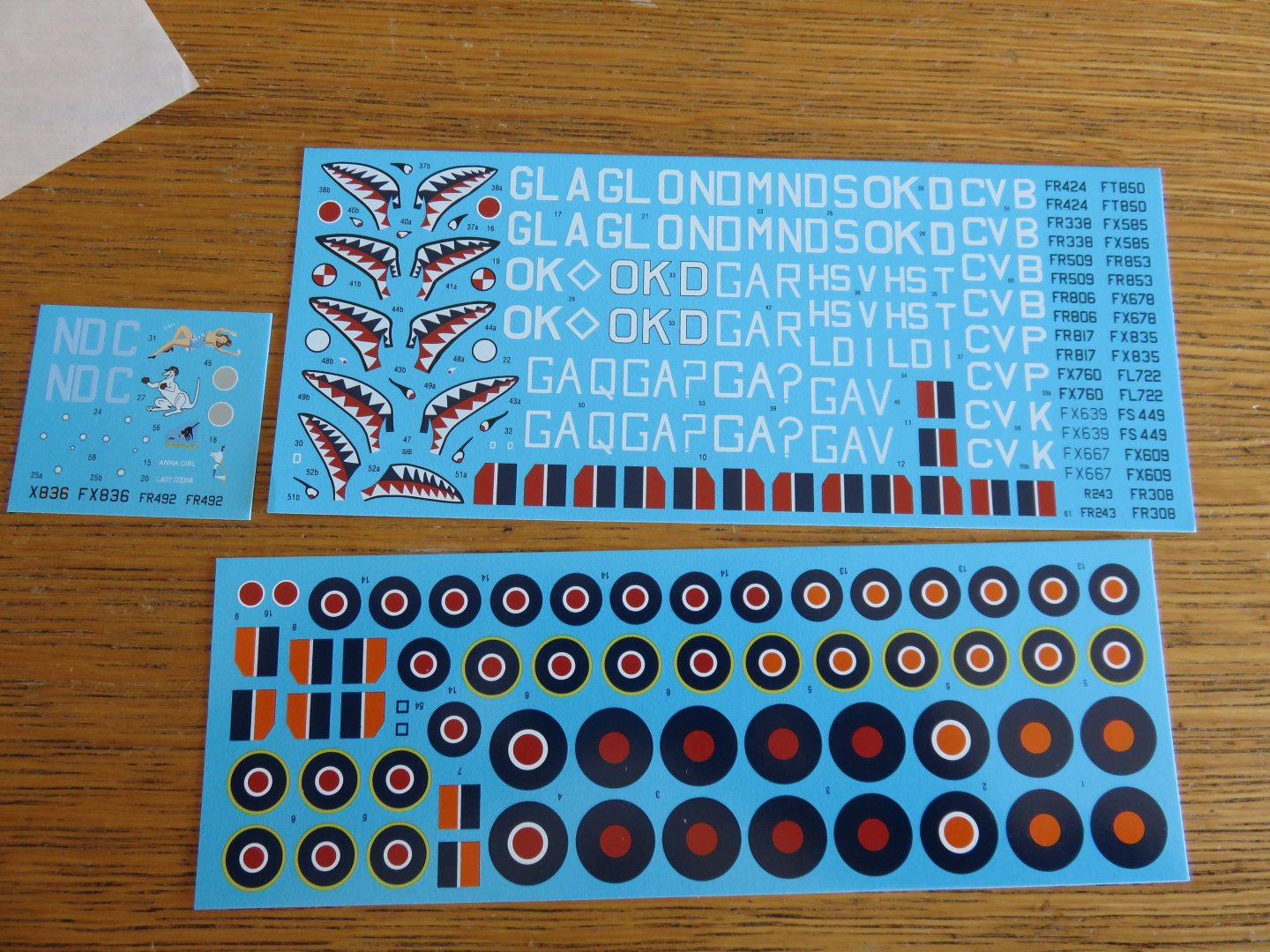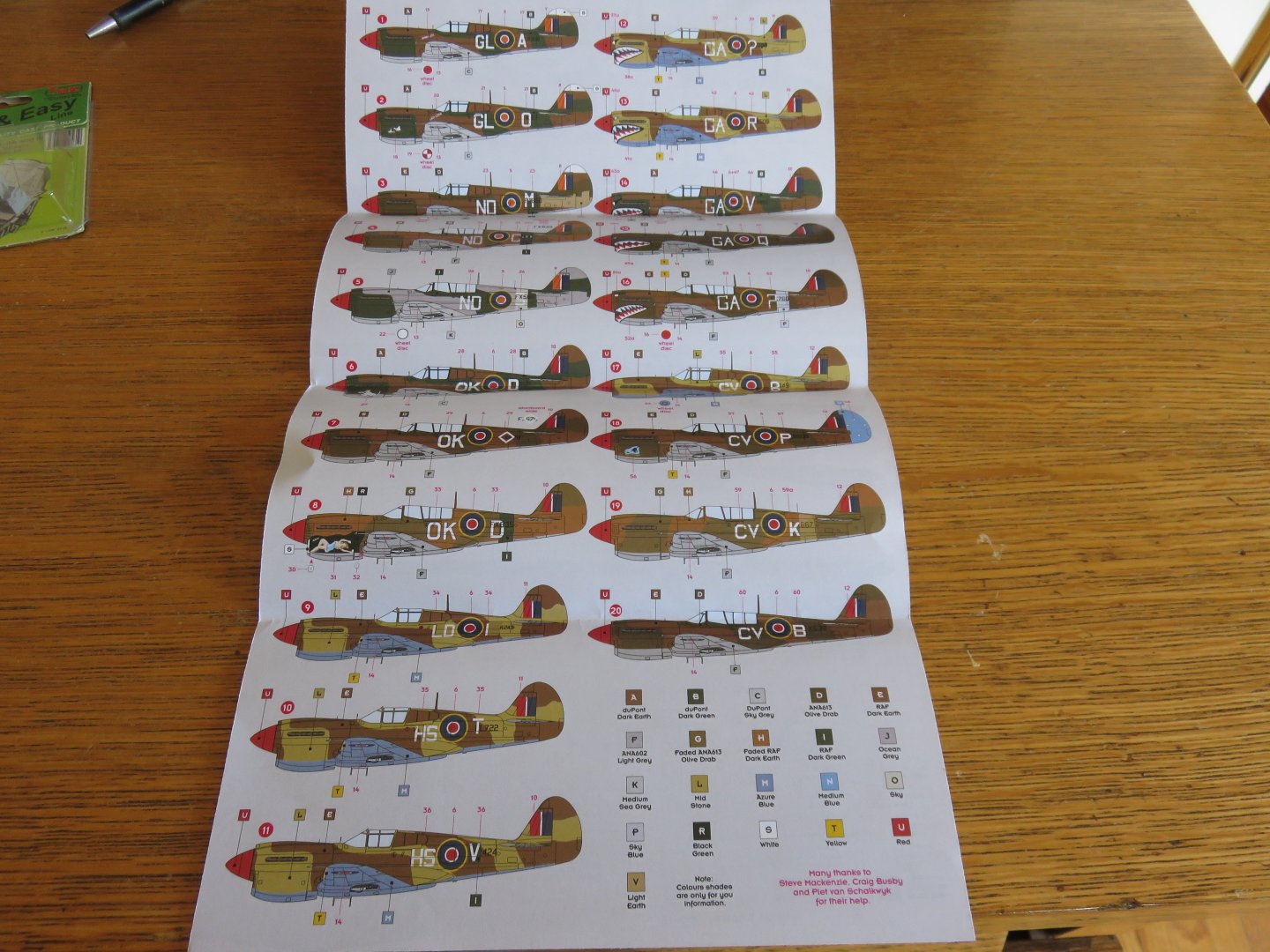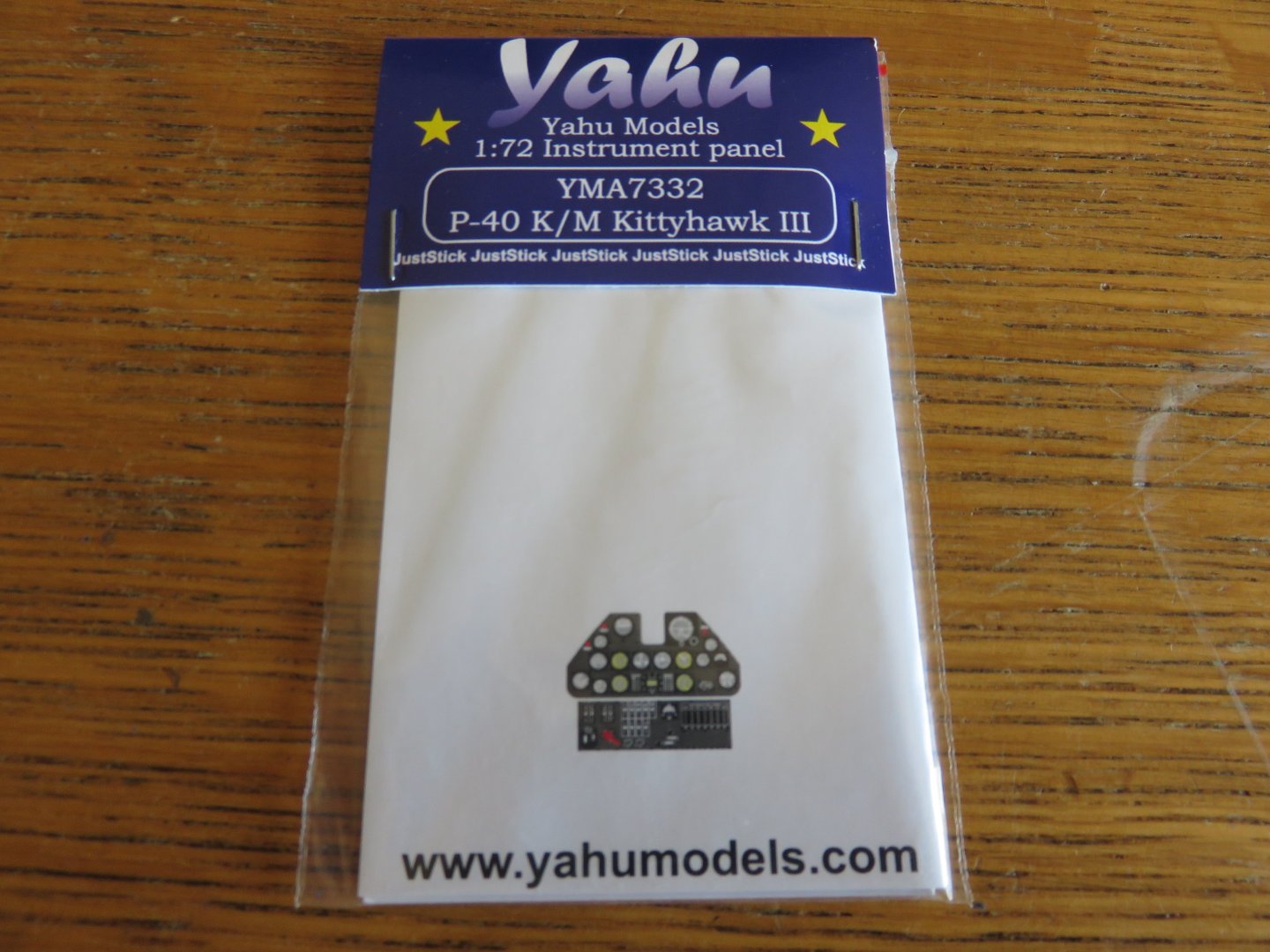-
Posts
3,175 -
Joined
-
Last visited
Content Type
Profiles
Forums
Gallery
Events
Everything posted by realworkingsailor
-
If I had to guess, it looks very much like a scene from the winter of 1919/1920, when the French were clearing up the mess left behind, and refugees were maybe returning to see what was left of their homes and farms. Steam engines were very dangerous near the trenches! The smoke would tend to draw artillery fire. A good book to check out is Tracks to the Trenches by David Guay. It’s about the trench railway systems that were built to supply troops. Andy
-

1876 Parcel van by michael mott
realworkingsailor replied to michael mott's topic in Non-ship/categorised builds
Count me in! Always fascinating seeing your work! Glad to see you back! Andy -
Neat looking figures! My only observation, as a somewhat experienced seafarer, that doesn’t look to be a particularly tenable position for the telescope. It wouldn’t take much of a roll to have it leave the table and land with a crash… Perhaps a set of dividers, or other navigational instruments might be safer! Andy
-
Apologies for my near silence for the last few weeks, there have been a couple of developments in my life, one very good, and one not quite so good. The not so good concerns my furry little helper, Freyja. A couple of years ago she ruptured her right cruciate ligament and had to undergo surgery to repair her knee (a TPLO surgery for all you vet types!). That all healed up exceptionally well, but with the caveat that if she’s blown one, the other will surely follow at some stage (generally sooner rather than later). Well, later happened shortly after my last post here. A vet visit and yet another surgery, and I’m now in the process of nursing her back to health again. She looks a little silly, with her shaved posterior (complete with butt sling), and the doughnut of disgrace (we don’t like the cone of shame, we have figured out how to chew it to pieces), but she’s recovering well and within a few months, she’ll be back to her old bouncy, energetic self. I’ll leave the good development for a later time, but suffice it to say that it was a long time coming, and that I’m happy. I’ll do my best to follow along with everyone’s builds, and post something when I can. And I will keep you all updated on Freyja’s progress! Andy
-
It’s important to distinguish the difference between a build ways and a drydock. A build way is typically sloped to the water’s edge, and while the ship is built, it doesn’t actually rest on the slipway until just before launching. A drydock is constructed below the level of the water, and does have a flat bottom. It might have some sloped drainage towards the centerline, or to wherever the drain valves are located. Where pumps are not available, drydocks can make use of natural topography to fill and empty. For example, by locating the dock some ways up a river, after closing the gate, the water can be drained to sea level (helps also to do the draining when the sea is at low tide). There is a drydock in Port Weller, Ontario, that is located above the first lock in the Welland canal. It doesn’t use pumps at all. The water is allowed to drain down the 40’ drop into Lake Ontario. Things haven’t changed too drastically over time so some pre-modern ship launching techniques are similar. Prior to launching, the slipways (usually a pair of flat beams laid astride the keel (you can see these in the picture of the shipyard model you posted), are well greased with tallow or other lubricants. A pair of special launch cradles are constructed fore and aft. These cradles will bear the weight and balance of the ship when it comes time for the launching. These will slide down the slipway, but are held static by a series of chocks and braces. Once the launch cradles are built and braced in position, the ship is then slowly lowered from its build staging (usually by knocking out the keel blocks) onto to the launch cradles. Any remaining staging is removed, and when the time comes for launching, the chocks are knocked out and the cradles (with the ship) slide down the ways into the water. Typically hawsers or anchor cables are used to arrest the movement of the ship once waterborne. Hope that helps. Andy
-
Very nicely done BE! Looks great! Andy
- 648 replies
-
- Indefatigable
- Vanguard Models
-
(and 1 more)
Tagged with:
-
I think, too, it’s worth looking briefly at Curtiss’ production order book. Not only did they have the USAAF’s purchase orders to satisfy, but they were sending planes to the French (before mid 1940), the British, including Canadians, Australians, New Zealanders and South Africans, the Russians, and even Brazil got a few as well (among others I may have missed). Delaying production to retool for a new plane could have been disastrous. NAA was not as burdened with orders (sure they were making T6s, but their loss rate was significantly less than a frontline fighter), so they could take the time needed to tool up without risking critical output. Oh, and aside from the P40D, P40L, and some of the early P40Ns, the rest of the latter P40s had six .50 cals too. But yes, the P51 was just that half-generational step ahead of the P40, so a much more worthwhile investment in the long term. Andy
-
When you look at the basic engine specs, the Allison and the Merlin/Packard-Merlin are more or less equal. As you said, the Merlin was better as it had a fully developed two stage/two speed supercharger. While I fully agree that the F and L P40 variants had the best performance, I have to wonder if it was the best performance for that airplane when viewed in the context of the role it found itself. For a good part of the desert campaign, and most of the Italian campaign, the P40 fell into a similar role that the Hawker Typhoon, and P-47 found themselves in NW Europe. Low altitude, close air support, where its ability to carry a reasonable amount of ordnance, and drop it with a reasonable amount of accuracy on ground targets was used to good effect. Which engenders the question, what good is high(er) altitude if you’re not going to need it? When it comes to comparing the P-40 and P-51, I think it really comes down to timing. When the P-51 was introduced, the P-40 was a relatively mature design. Even the later versions had only incremental improvements over earlier variants. The P-51 was only at the beginning stages of development. So its full potential was yet to be realized, and it took full advantage of the new technologies that Curtiss may not have been able to. Andy
-
@Egilman Your insights and knowledge are most welcome! @Dave_E @Canute Welcome! I knew there were P-40 fans around here somewhere! Welcome aboard everyone! I'm glad to see such interest in this build. For the next part, I thought we'd have a quick look at some of the extras I picked up to help with my build. First up are a couple of CMK resin bits to add a little more detail to the cockpit. Starting with the cockpit sidewalls (and control stick): While the kit supplied parts are very good, the resin parts are just that little bit better. The moulded details are crisper and clearer. This is likely due to the inherent limitations of injection moulded styrene. CMK and Special Hobby being the same company, these parts should be a drop in fit, no hacking or sanding needed. The next bit of resin is a replacement seat: In this case it is representative of the seats used in the RAF Kittyhawks. Again, the kit supplies an appropriately shaped seat, but the resin one just features some finely moulded details not found on the basic part. The kit seat lacks the ridges and grooves on the seat sides and back, and the resin seat is just that much thiner and more "metal" like. It also includes the RAF style "Sutton" seatbelt harness moulded in (the kit only has decals for the American style seatbelts) To finish of the cockpit, I've bought a Yahu Models pre-painted PE instrument panel: I've used their instrument panels on my Beaufighter and Typhoon builds last year, and they're a great (and fairly inexpensive) addition to any cockpit. If you couldn't tell by now, I'm planning on displaying my model with the canopy open to show off all this great detail. Hopefully some of it will be seen! Moving on to the outside, I'm not planning on doing any reworking of the exterior details, although it's worth noting, if you have a bit of a masochistic streak, CMK offers a litany of resin detail upgrades. Everything from the armament to the correct type of wheels can be found. Even a detailed engine bay complete with the correct Allison V1710 engine. For my model I picked up a set of decals from DKDecals. This was a pricey set (it cost as much as the SH kit!), but there are over 20 different marking options, and unlike Xtradecal, the set should be good for supplying the markings for more than just one! The decal set includes markings for a wide array of Kittyhawks used by the RAF, RAAF, and SAAF (as noted clearly on the instruction sheet above). Options for most, if not all, the later P40 variants used are covered. It's a long list! In my case, the set includes both squadron code options (GA Q and GA ?) for the plane I wish to build, but doesn't include the correct serial number. From what I understand the GA ? code moved to whatever airplane Billy Drake was flying, and it's possible that FR213 was carrying different code letters at the time of its crash in late 1943. As I have done in the past, I can easily re-create the correct serial number with some blank decal paper and my laser printer, so there's no problem there. I am planning on painting the plane as it would have appeared earlier in '43, in the RAF desert scheme. Getting back to the decals themselves, they appear to be of a very high quality. The registration looks spot on, and the colour separation is sharp and well defined. The decal film looks fairly thin, so with any luck the markings should settle easily onto the surface of the model. My only qualm about the DK set, is they only show the left side of the airplane, along with a smaller view of the upper side to guide decal placement. It would be nice to see both left and right along with another small view of the underside, in order to confirm accurate decal placement (this is particularly important when dealing with nose art, which, for obvious reasons, didn't follow "official" doctrine!). I should also add, they've done a great job with the "shark mouth" decals! If you look closely, each of the five versions differs slightly from the other, so there's no do-overs! Hopefully I don't mess that part up! Finally, the last little extra is a set of masks from SH: Not much to note about the mask set, other than it was slightly cheaper than the Eduard set. So this brings the introduction to its conclusion. I am looking forward to starting this build, although when that time comes depends on the weather, and how productive I am with the outdoor chores! Thanks to everyone who's joining me on this build and thanks for all the kind comments, likes, and insightful information! Andy
About us
Modelshipworld - Advancing Ship Modeling through Research
SSL Secured
Your security is important for us so this Website is SSL-Secured
NRG Mailing Address
Nautical Research Guild
237 South Lincoln Street
Westmont IL, 60559-1917
Model Ship World ® and the MSW logo are Registered Trademarks, and belong to the Nautical Research Guild (United States Patent and Trademark Office: No. 6,929,264 & No. 6,929,274, registered Dec. 20, 2022)
Helpful Links
About the NRG
If you enjoy building ship models that are historically accurate as well as beautiful, then The Nautical Research Guild (NRG) is just right for you.
The Guild is a non-profit educational organization whose mission is to “Advance Ship Modeling Through Research”. We provide support to our members in their efforts to raise the quality of their model ships.
The Nautical Research Guild has published our world-renowned quarterly magazine, The Nautical Research Journal, since 1955. The pages of the Journal are full of articles by accomplished ship modelers who show you how they create those exquisite details on their models, and by maritime historians who show you the correct details to build. The Journal is available in both print and digital editions. Go to the NRG web site (www.thenrg.org) to download a complimentary digital copy of the Journal. The NRG also publishes plan sets, books and compilations of back issues of the Journal and the former Ships in Scale and Model Ship Builder magazines.

